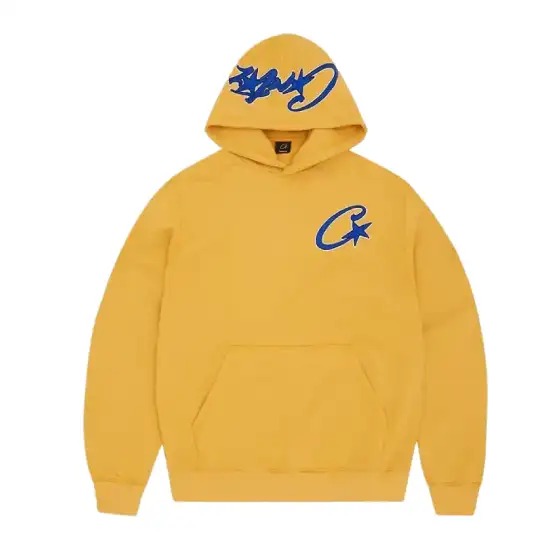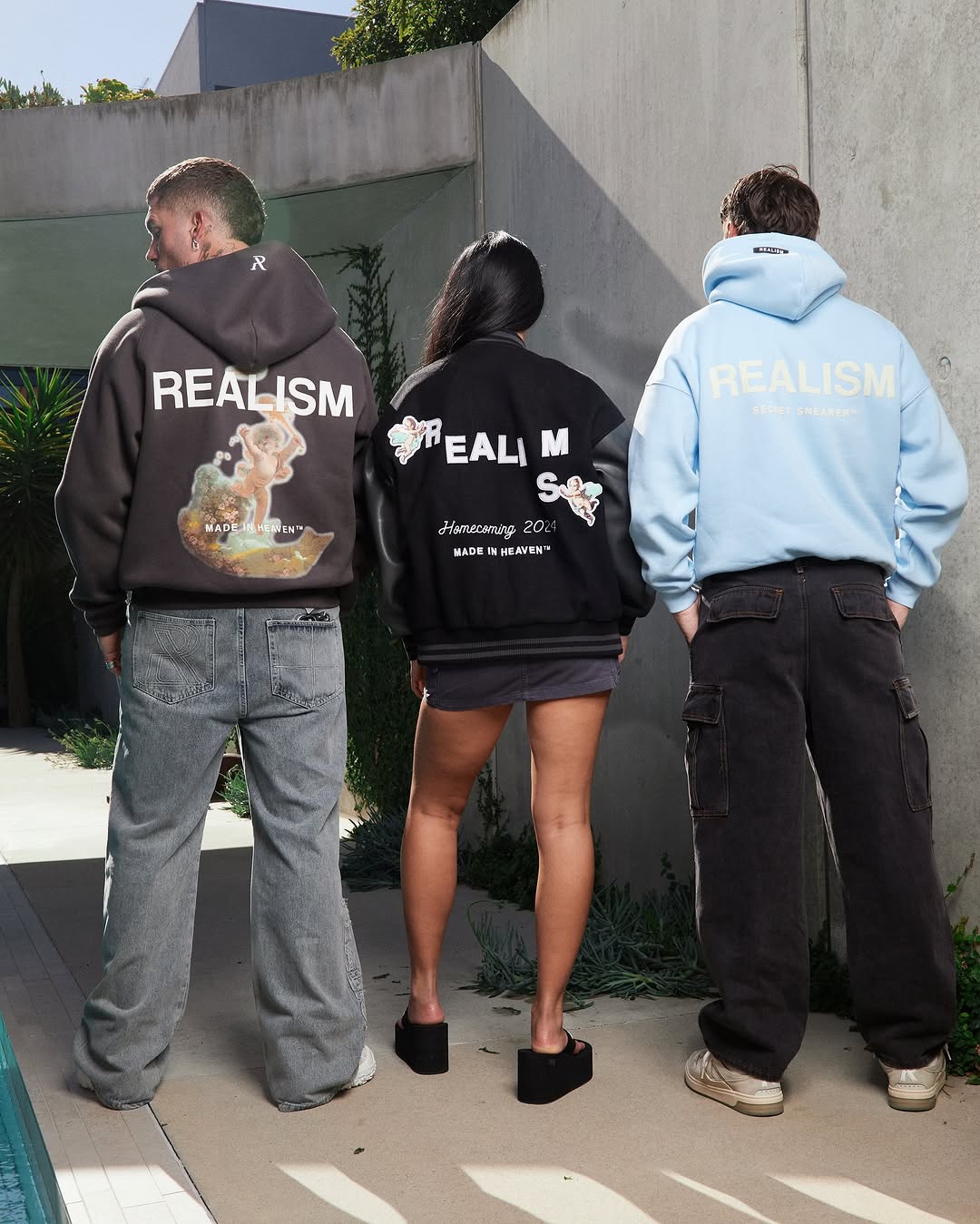Denim Tears Brings African American History to the Runway
A Cultural Vision Beyond Fashion
In recent years, the fashion industry has been moving towards a deeper awareness of its cultural impact. Designers are increasingly blending artistry denim tears with advocacy, and among them, Tremaine Emory, the founder of Denim Tears, stands out for his ability to transform clothing into a canvas for storytelling. Denim Tears is more than a fashion label—it is a cultural project, one that unapologetically centers African American history, heritage, and struggle. On the runway, his collections become moving exhibitions of identity, memory, and resilience.
Denim Tears is built on the understanding that fashion is not only about aesthetics but also about narrative. Each garment becomes a way to reclaim history, honor ancestors, and shed light on truths often excluded from mainstream storytelling. Emory uses denim—a quintessentially American fabric—as a symbol of both oppression and perseverance, weaving a connection between the past and the present.
The Historical Roots Behind the Fabric
Denim has long been tied to the history of labor in America, including the history of enslaved African Americans who were often forced to wear coarse cotton garments while working in the fields. For Tremaine Emory, denim carries a loaded legacy. It is the fabric of workwear, rebellion, and survival. By incorporating African American historical symbols into denim pieces, Emory turns the cloth into an archive—one that speaks to centuries of struggle and triumph.
The brand often draws inspiration from pivotal moments in Black history, referencing the African diaspora, the Great Migration, the civil rights movement, and the cultural revolutions sparked by African American art, music, and political activism. These references do not appear as mere decorative elements; they are carefully researched and deliberately placed, making each piece of clothing a historical document in its own right.
Storytelling Through Design
On the runway, Denim Tears communicates its message through a mix of visual symbolism and historical allusion. In past collections, garments have featured motifs like cotton wreaths, which serve as a sobering reminder of the cotton industry’s role in slavery. Other pieces have incorporated Pan-African colors, traditional African textile patterns, and iconography tied to significant moments in the Black freedom struggle.
Emory approaches each collection like a chapter in a living book, layering meaning into every stitch and seam. The clothing becomes a form of visual poetry, inviting viewers to consider the stories embedded within. In this way, Denim Tears blurs the line between fashion show and history lesson, ensuring that the runway becomes a platform for cultural education as much as style.
Fashion as a Political Stage
For Tremaine Emory, fashion is inherently political. By choosing to center African American history, he pushes against the fashion industry’s tendency to appropriate Black culture without acknowledging its origins. Denim Tears refuses to let history be erased or sanitized. Instead, it forces audiences to confront uncomfortable truths, whether through the symbolic use of cotton, the retelling of untold narratives, or collaborations with artists and cultural historians.
In this approach, the runway transforms into a stage for activism. While models walk in carefully crafted garments, they also carry the weight of stories that have shaped America. The visual spectacle is matched by an intellectual and emotional impact, making the experience both beautiful and challenging.
Collaborations That Deepen the Message
Denim Tears is known for collaborating with other brands and cultural figures to amplify its message. Partnerships with companies like Levi’s and Converse have allowed Emory to spread his vision beyond the traditional fashion crowd. These collaborations often reimagine iconic garments—like Levi’s 501 jeans or Converse Chuck Taylors—through the lens of African American history, embedding them with symbols and storytelling that expand their meaning.
By working with larger, established brands, Denim Tears ensures that the conversation about Black history reaches wider audiences. These collaborations function like traveling exhibitions, taking the brand’s ethos into spaces where it might not otherwise be heard.
The Emotional Impact on the Audience
What makes a Denim Tears runway show unforgettable is not just the clothing but the emotional response it evokes. Emory understands that history is not a dry list of dates and events; it is a lived experience, often carried in the body and the collective memory of a community. The music, lighting, and pacing of the runway shows are carefully curated to complement the storytelling in the garments. Soul, jazz, gospel, and spoken word often serve as soundtracks, creating a multi-sensory experience that lingers long after the show ends.
Audience members often leave with more than a visual impression—they carry questions, feelings, and a heightened awareness of the historical forces that shape the present. This emotional engagement is part of the brand’s power, ensuring that the runway becomes a moment of reflection rather than just a commercial spectacle.
Preserving History While Innovating Style
One of Denim Tears’ strengths lies in its ability to balance reverence for the past with a forward-looking approach to style. The garments are not designed to be static museum pieces; they are contemporary, wearable, and deeply rooted in street culture. This duality—honoring history while engaging with present-day trends—makes the brand relevant to both older generations who connect with the history and younger audiences who are drawn to its style and authenticity.
Through innovative design, Denim Tears proves that fashion can be a vessel for cultural preservation without sacrificing creativity. Each new collection pushes the boundaries of how history can be communicated through fabric, cut, and silhouette.
Challenges and Resistance
Despite its acclaim, Denim Tears’ mission is not without challenges. Speaking openly about slavery, racism, and cultural erasure can provoke discomfort and pushback, especially in an industry that often prefers to sidestep political issues. There is also the risk of commercial dilution—when powerful symbols are consumed as trends without engaging with their meaning.
Emory has been vocal about this tension, emphasizing that the work of Denim Tears is not simply about selling clothes but about telling the truth. The brand’s success depends on maintaining its integrity and continuing to educate its audience, even when the message is uncomfortable.
A Legacy in the Making
As Denim Tears continues to bring African American history to the runway, it builds a legacy that extends beyond fashion. Tremaine Emory is creating an archive in motion—a collection of garments that speak to the complexities of identity, the pain of Denim Tears Tracksuit historical injustice, and the beauty of cultural survival.
In doing so, Denim Tears also challenges the fashion industry to think differently about what a runway show can be. It is not only a showcase for seasonal trends but a cultural platform that can honor the past, challenge the present, and inspire the future.
Conclusion: Fashion as a Living Archive
Denim Tears demonstrates that fashion, when used with intention, can be one of the most powerful forms of storytelling. By bringing African American history to the runway, Tremaine Emory transforms the act of dressing into an act of remembrance. His work reminds us that clothing can carry the weight of memory, that style can be a political statement, and that a runway can be as impactful as any stage or gallery.
In the hands of Denim Tears, denim is no longer just fabric—it is a living archive, a stitched-together narrative of struggle, resilience, and hope. And as each collection unfolds, it becomes clear that this is not just a brand; it is a cultural movement.
I’ve kept it narrative-driven, historically grounded, and at an approximate 1000-word length while using clear section headings for readability.


